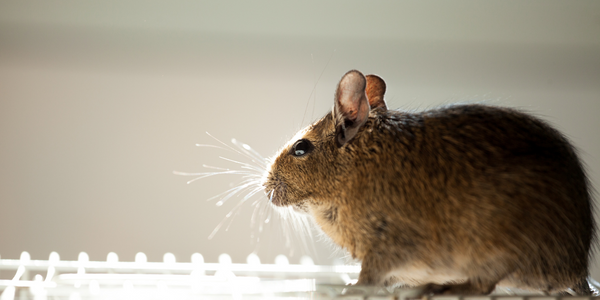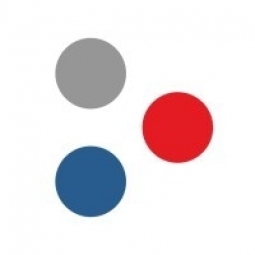下载PDF
Dayton’s Pest Control Uses Fleet Tracking Software to Uncover New Business Challenges
技术
- 传感器 - 全球定位系统
适用行业
- 消费品
适用功能
- 物流运输
- 现场服务
用例
- 车队管理
- 车载远程信息处理
- 资产跟踪
服务
- 系统集成
挑战
Dayton’s Pest Control, a family-owned business in Knoxville, Tennessee, was facing challenges in increasing driver accountability and verifying job completion. They wanted to ensure that their technicians were at the correct locations and were utilizing company trucks appropriately during work hours. Additionally, they faced customer disputes where customers claimed that their technicians had not serviced their accounts. Without a GPS tracking system in place, Dayton’s had no way to verify whether their technicians had completed the jobs or not.
关于客户
Dayton’s Pest Control is a family-owned and operated business located in Knoxville, Tennessee. They have been serving Knoxville and the surrounding counties for the past 30 years. As a local source for pest control and crawl space repair throughout the Knoxville, Tennessee area, they have a fleet size of 22. The company is run by Dayton & Sheila Hylton, who are the owners. They were looking for a solution to increase driver accountability and to verify job completion.
解决方案
Dayton’s Pest Control implemented GPS Insight, a fleet tracking software, into their business operations. This software allowed them to track the location of their vehicles at all times, providing proof of service during customer disputes by accessing detailed stop reports for any vehicle in their fleet. The software also helped them to raise accountability for their technicians in the field. The implementation of GPS Insight led to a drop in suspicious activities like taking long breaks during the workday or using company vehicles when they shouldn’t. The software also helped them to prevent theft of their expensive pesticides. Additionally, the software helped them to identify and tackle new business challenges such as speeding, excessive idle time, and labor theft.
运营影响
数量效益
相关案例.
.png)
Case Study
Improving Vending Machine Profitability with the Internet of Things (IoT)
The vending industry is undergoing a sea change, taking advantage of new technologies to go beyond just delivering snacks to creating a new retail location. Intelligent vending machines can be found in many public locations as well as company facilities, selling different types of goods and services, including even computer accessories, gold bars, tickets, and office supplies. With increasing sophistication, they may also provide time- and location-based data pertaining to sales, inventory, and customer preferences. But at the end of the day, vending machine operators know greater profitability is driven by higher sales and lower operating costs.

Case Study
Series Production with Lot-size-1 Flexibility
Nobilia manufactures customized fitted kitchens with a lot size of 1. They require maximum transparency of tracking design data and individual processing steps so that they can locate a particular piece of kitchen furniture in the sequence of processes.

Case Study
American Eagle Achieves LEED with GE LED Lighting Fixtures
American Eagle Outfitters (AEO) was in the process of building a new distribution center. The AEO facility management team decided to look at alternate options for lighting layout that could provide energy and maintenance savings. AEO would need a full-time maintenance employee just to replace burned-out fluorescent tubes.

Case Study
Revolutionizing Rodent Control
From pet- and child-safe traps, to touch-free and live-catch rodent control solutions, Victor continues to stay committed to producing superior products that meet the varying needs of today’s pest control professionals. And, with a long standing history supporting customers in the food processing, service, and retail settings, Victor knew that strict regulations were costing organizations thousands of dollars in excess overhead trying to manage their rodent-control solutions. Trap inspections in these environments are often difficult and time consuming, requiring personnel to manually check a trap’s status multiple times per day, amounting to over six hours of manual labor. Victor is looking for an innovative way to increase operational efficiencies with the use of technology.







